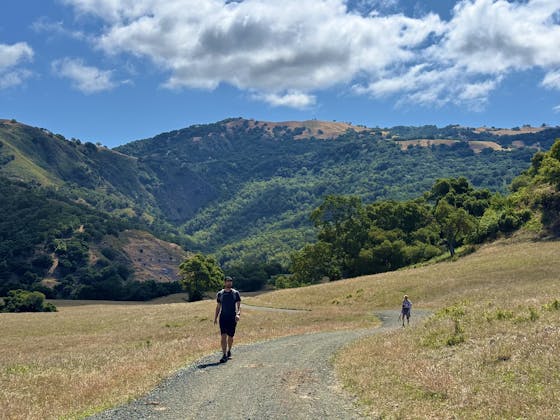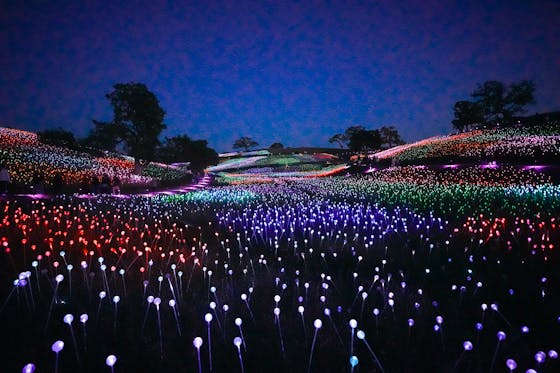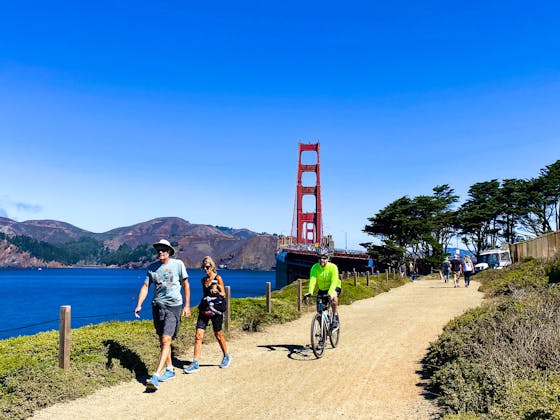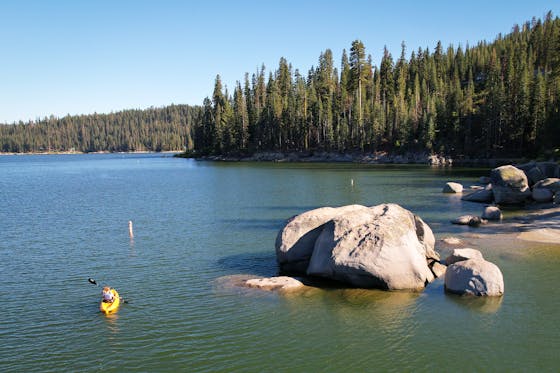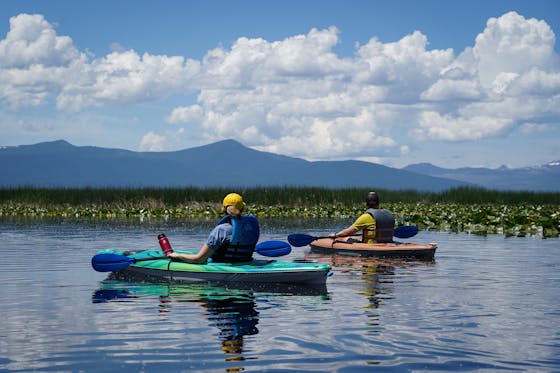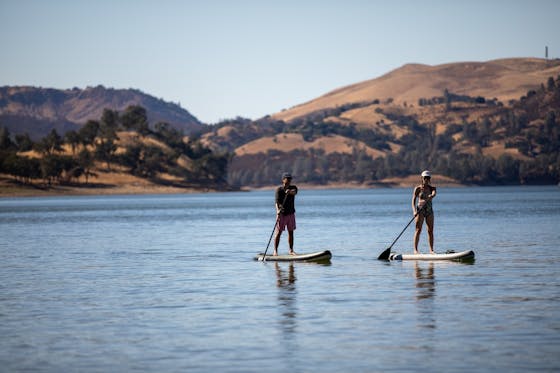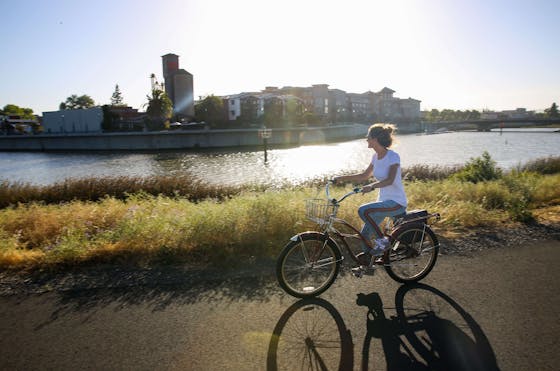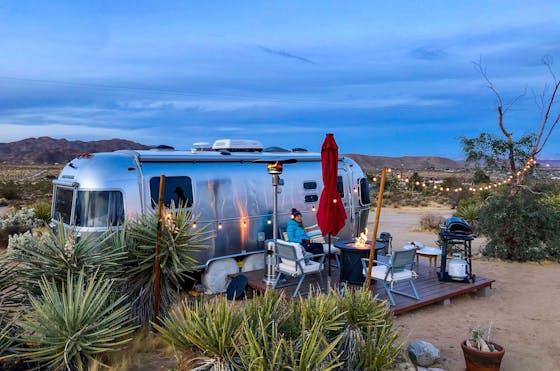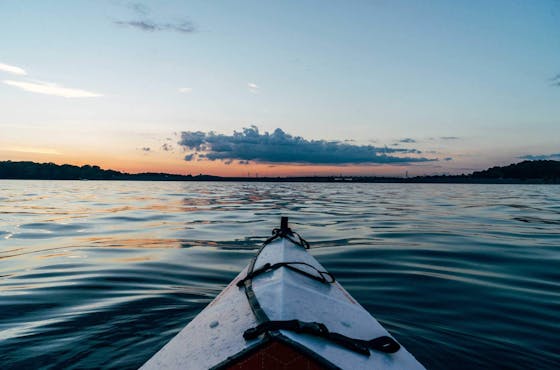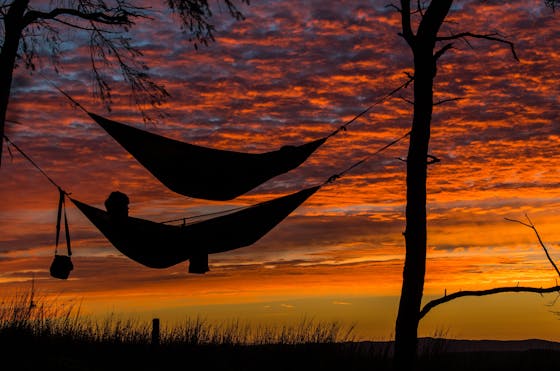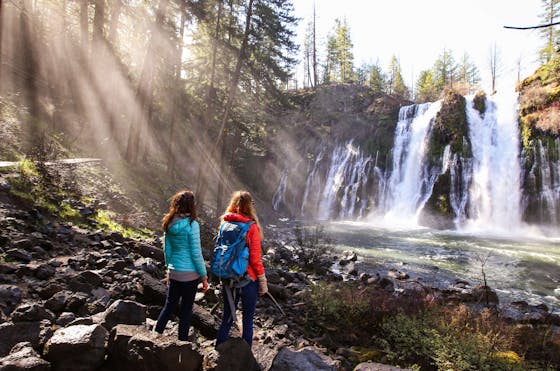What's Shaking?
Experience California Academy of Sciences's Shake House

What’s shakin’? California Academy of Science’s Shake House, that’s what! Experience the Shake House and much more at California: State of Nature, a new exhibition at California Academy of Sciences in San Francisco’s Golden Gate Park. The Shake House is a popular earthquake simulator with a new feature emphasizing nature’s resilient structures—like beehives and bird nests! Below are some ways to experience California: State of Nature on adventures both indoors and outside.
Experience California: State of Nature
Shaking Things Up



California Academy of Science’s Shake House simulator has always been a visitor favorite, and visitors can learn about some of nature’s most resilient structures. We’re not talking skyscrapers—more like beehives, bird nests, and traditional Ohlone architecture tule houses. Enter the Shake House and feel transported to the epicenter of the 1906 and 1989 earthquakes.
Now Take It Outside




Taking its name from the Gold Rush era, San Francisco’s Barbary Coast Trail offers up a lot of history. It’s a 3.8-mile historical walk where you follow hubcap-sized bronze medallions on the city’s sidewalks to hidden highlights, iconic scenery, amazing architecture, and more. For example, you’ll stop at the Hotaling Building, once home of the largest liquor repository on the West Coast, and a surviving structure from the 1906 earthquake and fire.
(For a helpful resource in enriching this walking experience, we recommend the Barbary Coast Trail printed guide).
Wild Life

Abundant green spaces in cities such as San Francisco allow urban wildlife to thrive. Can humans and wildlife co-exist in harmony? Learn about conflicts and opportunities for people and animals to share urban spaces.
Coyotes were native to the Bay Area, but by the 1940s humans had wiped them out. It wasn’t until 2002 that a sighting of a coyote in San Francisco’s Presidio National Park signaled their return! Coyotes help control rodent populations that can be vectors of disease and at the very least can be a major nuisance.
A mounted juvenile coyote—donated by San Francisco Animal Care after being struck and killed by a car—imparts important lessons about humans and animals sharing space.
Did you know the diet of coyotes is reflected in the urban neighborhoods they frequent the most? In the Presidio, coyotes like plants and pocket gophers. Near Coit Tower, they prefer to eat pigeons! At Fort Funston, coyotes find fin whale carcasses to consume.
TIP: Throughout cities, coyotes, raccoon, skunks, opossums, and birds such as ravens are often seen. A few simple ways to promote peaceful co-existence with humans is to secure trash, block access holes into buildings, and avoid feeding wildlife.



Are you smarter than a raccoon? Find out! Discover the world of wildlife cognition and learn how animals’ perceptions of the environment influence interaction dynamics with humans. Understanding animal-think helps humans come up with appropriate strategies in managing interactions.
Watch footage of raccoons opening up puzzles to gain cat treats, then try solving the puzzle yourself at an interactive station. Well, are you smarter than a raccoon?!

Wildlife corridors are designed to let animals travel safely between fragmented areas, which are common in urban environments. Allowing the animals freedom of movement helps create genetic diversity. Animals from mountain lions to the tiniest amphibians are helped by these corridors, and wildlife cameras document how wildlife moves around urban environs, and what specific areas they inhabit. Animals like coyotes and raccoons serve as important bioindicators for ecosystem health.
All of this is greatly beneficial to urban ecologists, who can collect data and draw valuable conclusions. For example, they can trace the connection between the number of animal species in a particular area and socioeconomic factors. The field of urban ecology studies social and environmental factors in urban places, including legacies of redlining, a housing districting practice that is both illegal and discriminatory.
At the California Academy of Sciences’s exhibition, California: State of Nature, you can crawl though mock wildlife tunnel crossings and see how the camera tracks your mini-migration in the same way it would for an animal.
Bring a bobcat kitten to life using your phone! What? Yes, California Academy of Sciences’s California: State of Nature exhibition has all kinds of interactive ways to learn while having fun, using technology. As you view a mounted bobcat, you can interact with the scene and use your phone to trigger an augmented reality of a bobcat kitten coming to life.
Videos bring stories to life as you move through the exhibition and learn about the work of Schell Lab at UC Berkeley. The lab—led by urban ecologist and Academy trustee Christopher J. Schell, PhD—focuses research on animal behavior, genetics, biodiversity, science, and environmental justice … all of which help sustain biodiverse and resilient cities.
Even living in cities, we’re surrounded by nature, including an array of wildlife. In documenting biodiversity by location, the California Academy of Sciences fosters a deeper understanding of city ecosystems. Community partners work to restore habitats and reintroduce species—including by incorporating Indigenous expertise into conservation initiatives.
One of the easiest ways you contribute to helping keep cities resilient and diverse is to participate in programs like City Nature Challenge, where you can help find and document species in your neighborhood.
Now Take It Outside



It’s the heartbeat of the city and San Francisco’s largest park. Golden Gate Park is an oasis of beautiful nature, wildlife, and open space for outdoor (and indoor!) activities of all kinds.
Located in Golden Gate Park, California Academy of Sciences’s Living Roof is an icon, offering unparalleled views of San Francisco and the park. The Academy has all kinds of cool programs, exhibitions (including the new California: State of Nature), and events. Visit and enjoy the Steinhart Aquarium (with nearly 60,000 animals), Morrison Planetarium (its 75- foot dome creates an amazing immersive experience), Osher Rainforest (a four-story lush landscape teeming with everything from exotic reptiles to huge Amazonian fish), and Kimball Natural History Museum (where an 87-foot-long blue whale skeleton is just one wonder among many skeletons and fossils!). There are family-friendly programs, evenings for the 21+ crowd, and do-it-yourself science for everyone.
Walkers, cyclists, and roller skaters can enjoy slow streets on JFK Drive. The Japanese Tea Garden is lovely, as is the century-old redwood grove in the botanical garden; fog-loving coast redwoods—the tallest living things on earth—once flourished in great numbers in San Francisco, before logging altered the landscape. The old-growth redwoods in the park are a reminder of their resilience, especially when protected. All while bison, birds of many feathers, and even some pretty big turtles co-exist in harmony (yes, there are foxes and raccoons, too!).
Rent a rowboat and paddle Blue Heron Lake, a human-made lake that dates back to 1893. There’s also a nice loop hike around the lake and up to Strawberry Hill.
